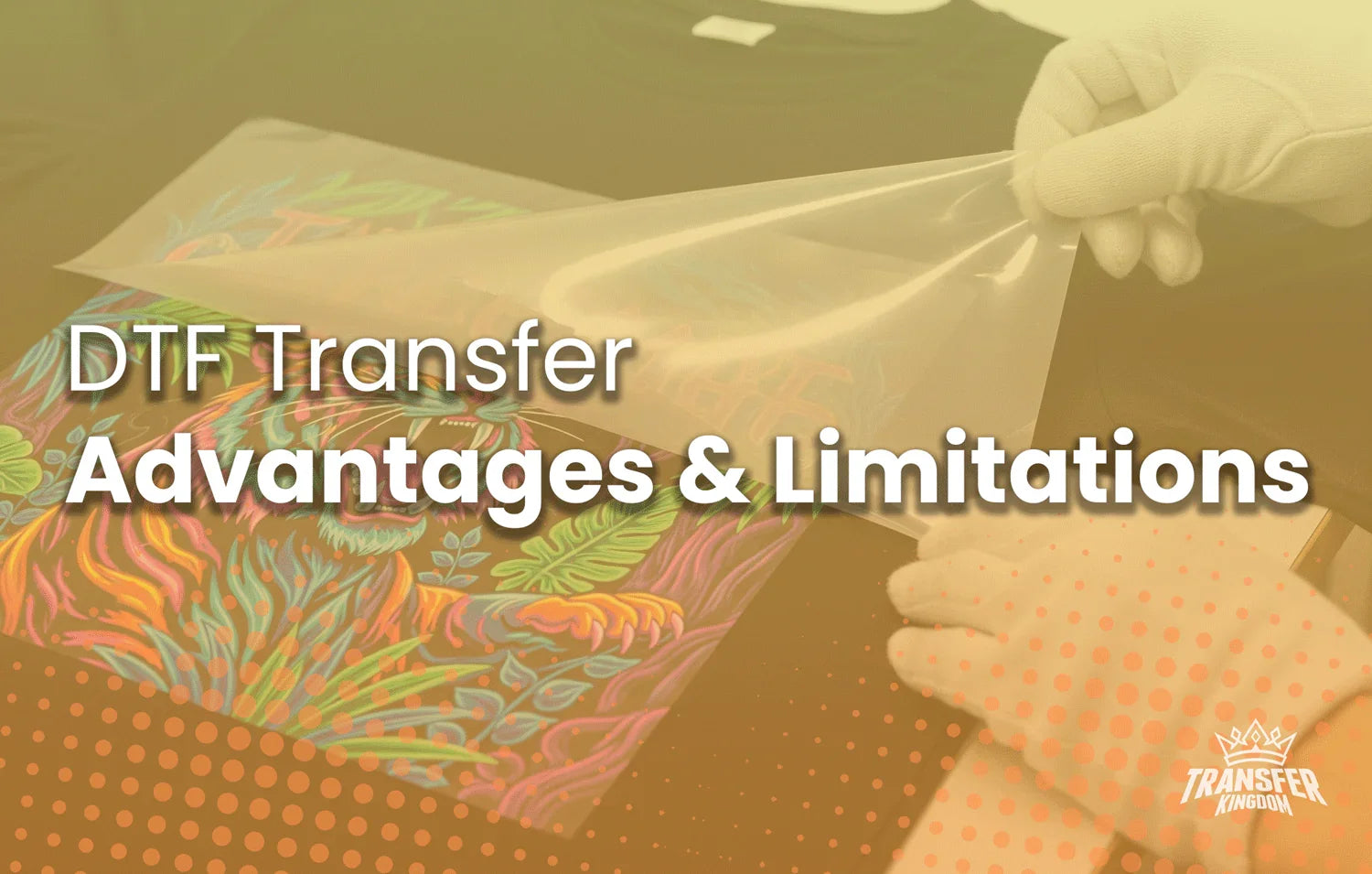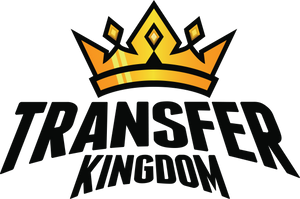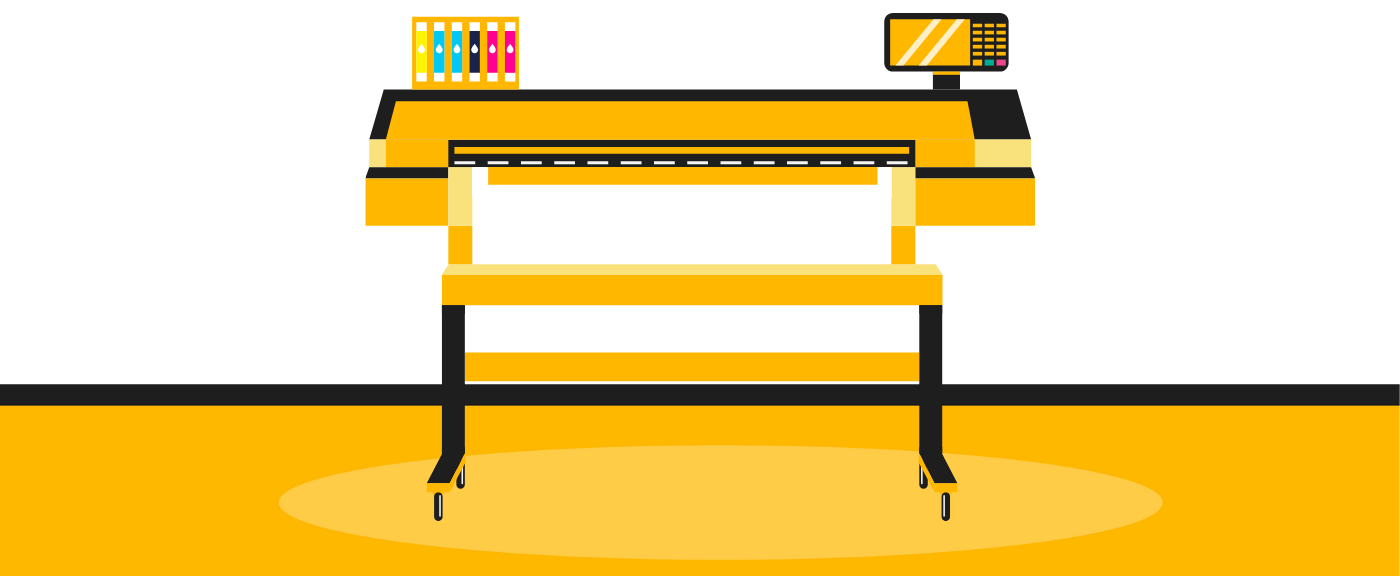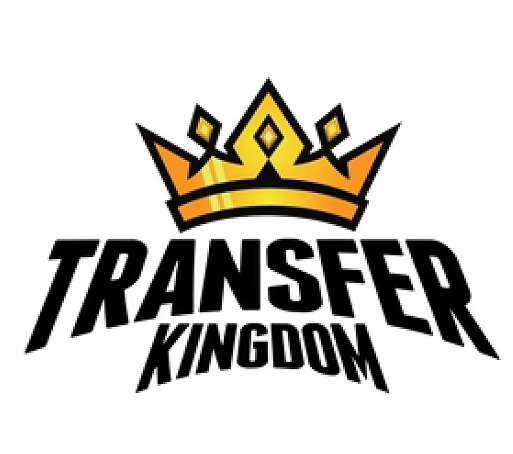Pros and Cons of DTF Transfers

Table of Contents
What Are DTF Transfers?
Direct-to-Film (DTF) is a modern apparel customization technique where a design is digitally printed onto a special PET film and then transferred to fabric using heat and a powdered adhesive. Unlike other methods, it works on nearly any fabric type (cotton, polyester, leather, etc.) and color, producing vibrant, detailed, and durable prints. This makes it ideal for handling diverse and complex custom apparel orders.
Core Advantages: Why is DTF Printing Popular?
The primary benefits of using DTF transfers are their versatility, print quality, and cost-effectiveness for on-demand jobs.
1. Absolute Fabric Versatility: This is the main advantage. DTF transfers can be applied to cotton, polyester, tri-blends, nylon, treated leather, and more, regardless of the garment's color. This eliminates the fabric limitations seen with methods like DTG.
2. Superior Print Detail and Vibrancy: Because the design is printed on a film first, DTF can achieve photorealistic detail, sharp lines, and an unlimited color palette. A white ink underbase ensures colors remain brilliant and opaque even on black fabrics.
3. High Durability and Flexibility: When applied correctly with a quality heat press, DTF prints are exceptionally durable. They embed into the fabric weave, allowing them to stretch without cracking and withstand 50+ wash cycles without significant fading.
4. Streamlined, No Pre-Treatment Workflow: One of the most significant operational benefits is the elimination of the fabric pre-treatment step, which is mandatory and often messy for DTG printing on dark garments. This simplifies and speeds up the production process.
5. Ideal for On-Demand and Small Orders: DTF is a digital process with minimal setup. This makes it highly profitable for one-off custom orders and small-to-medium runs, where traditional methods like screen printing are not economically viable.
Key Limitations: What Are the Downsides of DTF?
No technology is perfect. The primary trade-offs with DTF relate to the print's feel on the garment and the capital investment required for in-house production.
The "Hand Feel" of the Print: The most common critique is the feel. The finished print is a thin, flexible layer that sits on top of the fabric. While modern DTF is very soft, it is generally less breathable and more noticeable to the touch than a DTG print, which dyes the fabric fibers directly.
Initial Equipment Investment: While you can easily buy pre-made transfers, setting up an in-house DTF operation requires a significant capital investment in a specialized printer, a powdering/shaking machine, and a curing oven.
Multi-Step Production Process: Although pre-treatment is eliminated, the end-to-end workflow (Print > Powder > Shake > Cure > Press) involves more distinct steps per garment than a fully automated DTG system.

Comparative Analysis: DTF vs. Other Print Methods
To provide a clear decision-making framework, here is how DTF transfers stack up against the other two leading apparel customization technologies: Direct-to-Garment (DTG) and Screen Printing.
| Feature | DTF (Direct-to-Film) | DTG (Direct-to-Garment) | Screen Printing |
| Best For | Versatility; vibrant prints on any fabric. | Ultimate softness on cotton garments. | High-volume orders of simple designs. |
| Fabric Compatibility | Excellent (Cotton, Poly, Blends, Leather) | Limited (Best on 100% Cotton) | Good (Requires different ink sets) |
| Feel & Breathability | Soft, but a noticeable layer on the fabric. | Excellent; dyed directly into the fibers. | Varies; can be soft or very thick. |
| Durability | Very Good (50+ washes) | Good (Prone to fading on darks) | Excellent (Often outlasts the garment) |
| Ideal Order Size | 1 to 500 pieces | 1 to 50 pieces | 75+ pieces |
| Color Complexity | Unlimited; photorealistic. | Unlimited; photorealistic. | Limited by the number of screens (colors). |
Conclusion and Recommendation
DTF transfers represent the optimal solution for businesses that require maximum flexibility and vibrant color output across a diverse product range. It is the superior technology for small-to-medium-sized businesses, Etsy shops, and promotional companies that cannot be constrained by fabric type or color.
Choose DTF if: Your primary need is to print complex, full-color designs on various items (hoodies, performance wear, hats, bags) without minimum order requirements.
Choose DTG if: Your brand is exclusively focused on premium, super-soft, 100% cotton t-shirts where breathability is the absolute top priority.
Choose Screen Printing if: Your business model revolves around selling large volumes (100+) of the same, simpler design, where per-item cost is the most critical factor.

FAQs
How durable are DTF transfers in the wash?
Properly applied DTF transfers are very durable, typically rated for 50+ wash cycles. For best results, wash garments inside out with cold water and tumble dry on low or hang dry.
Can I apply a DTF transfer with a home iron?
It is strongly discouraged. A home iron cannot provide the consistent temperature and even pressure required to properly cure the adhesive. A quality heat press is essential for a professional, long-lasting application.
What is the main difference in feel between DTF and DTG?
A DTG print dyes the fibers of the shirt, making it very soft with almost no "hand feel." A DTF print is a thin, flexible graphic layer that sits on top of the fabric. Modern DTF is very soft, but it is not as integrated into the fabric as DTG.
Is DTF printing environmentally friendly?
DTF is considered more sustainable than traditional screen printing, which uses large amounts of water and plastisol inks. The water-based inks in DTF are more eco-friendly, and the on-demand nature of the process minimizes waste.
What file format is best for DTF artwork?
The industry standard is a PNG file with a transparent background, saved at a minimum of 300 DPI (Dots Per Inch). The high resolution ensures your print is sharp and detailed, while the transparent background means only your design gets printed, not a solid colored box around it.
What is the difference between hot peel and cold peel DTF film?
The names refer to when you peel the carrier film off the garment after pressing. With hot peel film, you peel the film away almost immediately after the heat press opens. With cold peel film, you must wait for the transfer and garment to cool down completely before peeling. Hot peel is generally faster for production, while many users find cold peel to be more consistent with a slightly more matte finish.
How should I store unused DTF transfers?
To maintain their quality, store your DTF transfers flat in a cool, dry place away from direct sunlight and humidity. A resealable plastic bag or a portfolio folder works perfectly. Storing them correctly prevents the adhesive from activating or degrading over time.
Can DTF transfers be applied to uneven surfaces like hats or shoes?
Yes, which highlights their versatility! However, you cannot use a standard flatbed heat press. Applying transfers to curved or uniquely shaped items requires a specialized press, such as a cap press or a shoe press, that is designed to provide even heat and pressure to that specific shape.
What is the most common reason a DTF transfer fails to apply correctly?
The most common failure point is incorrect pressure from the heat press. If the pressure is too low or uneven, the adhesive powder will not bond properly with the fabric fibers, leading to peeling or an incomplete transfer. The second most common cause is incorrect temperature for the specific fabric type.
Are DTF prints breathable?
DTF prints are less breathable than methods like DTG, where the ink soaks into the fabric. A DTF transfer is essentially a very thin, flexible layer that sits on top of the fabric. For smaller logos or designs, this is unnoticeable. For very large, solid designs (like a full chest piece), it can feel less breathable than the rest of the shirt.








